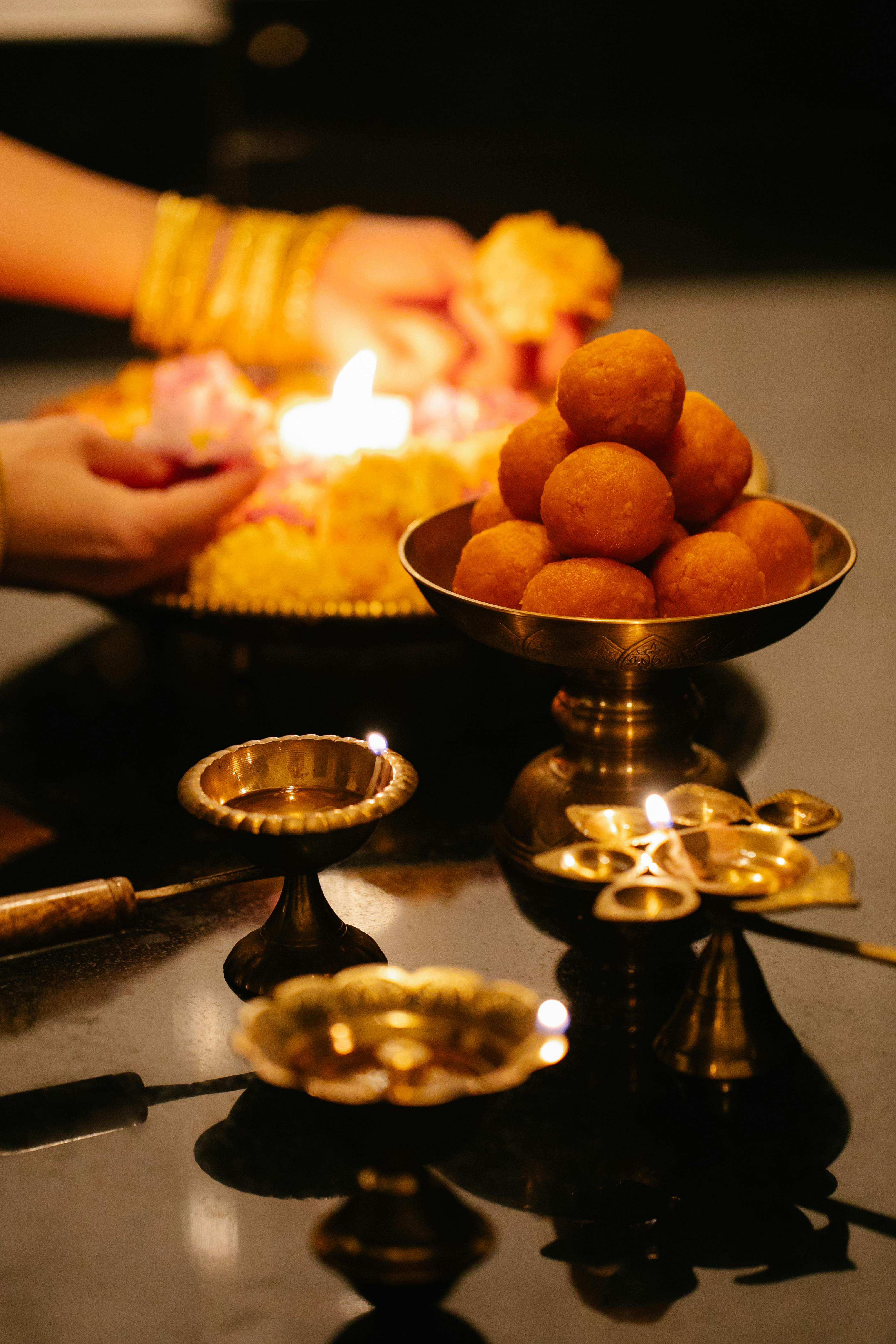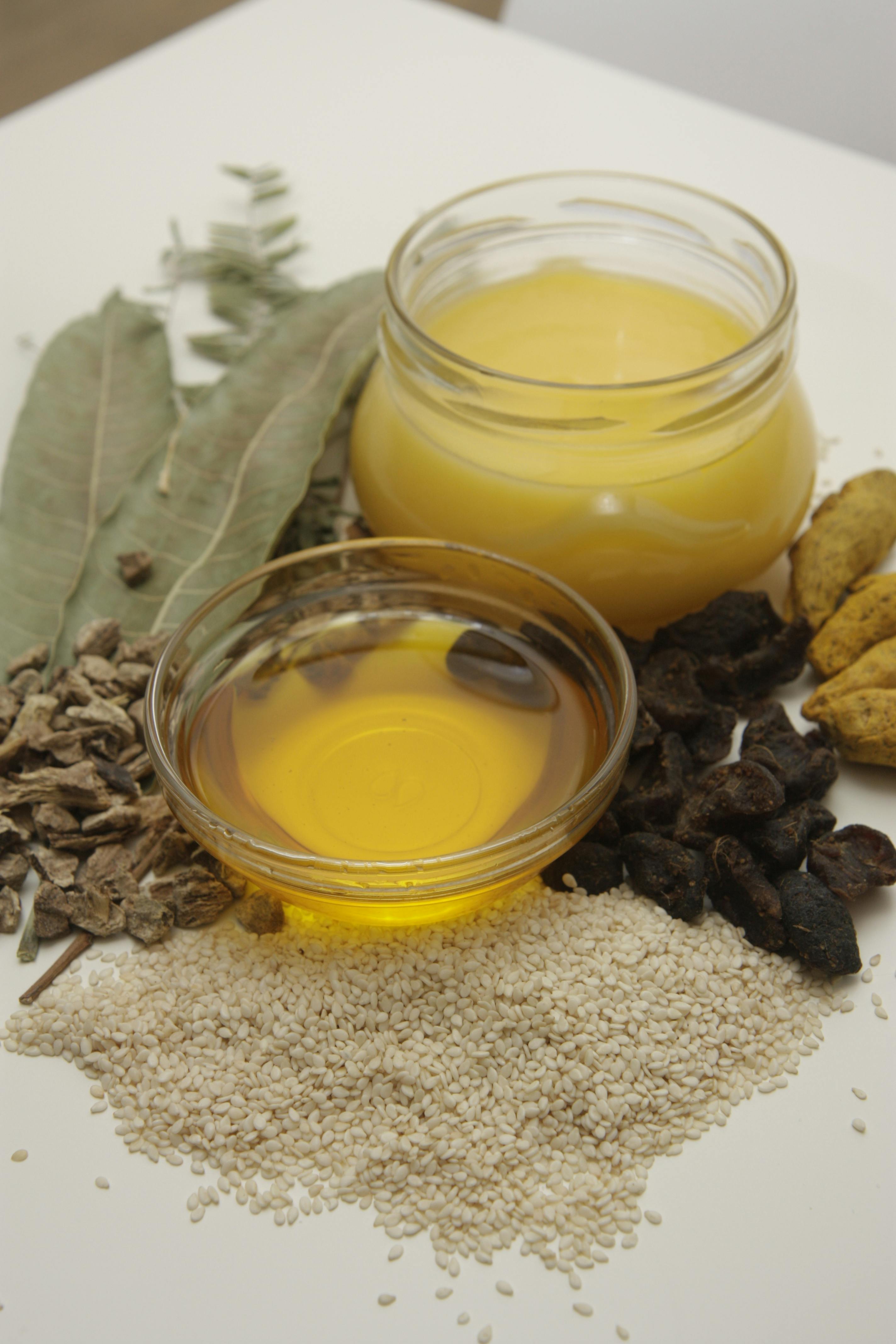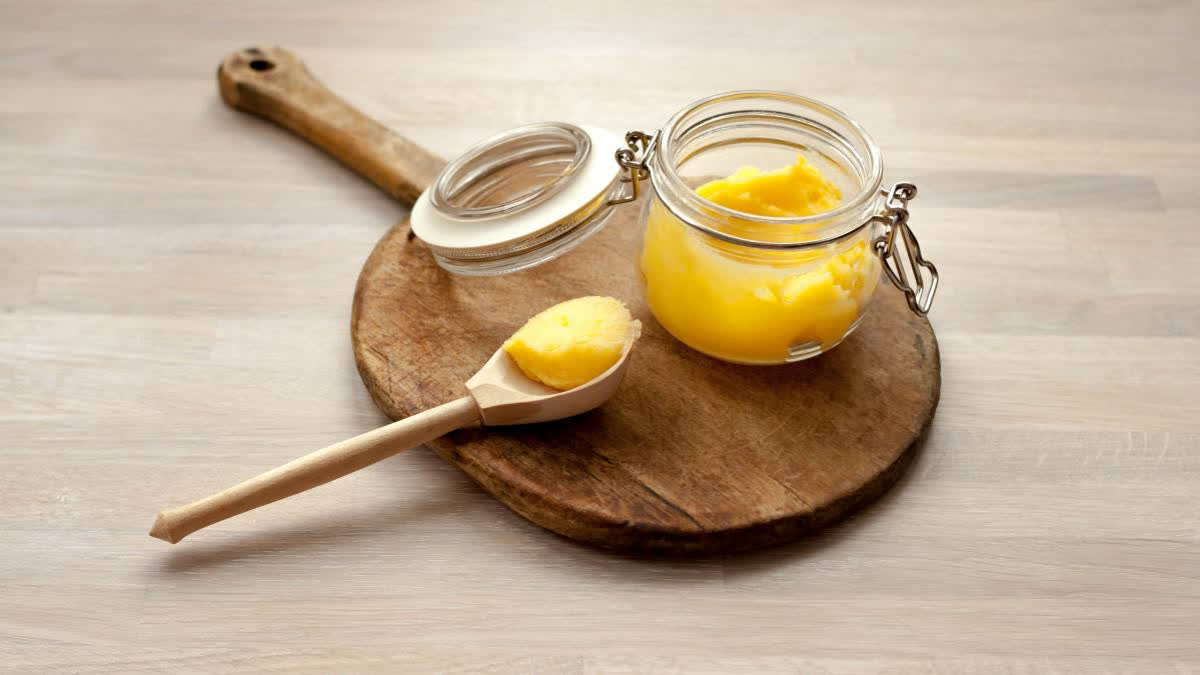Hyderabad: The recent controversy over the 'adulterants' found in Tirupati laddus revolves around the quality of 'Ghee' or clarified butter used in making this famous 'Prasadam.'
Andhra Pradesh Chief Minister N Chandrababu Naidu accused that the ghee used by the Sri Venkateswara Swamy Temple during the YSRCP regime was substandard and the same was reiterated in a lab study report from the NDDB(National Dairy Development Board) indicated the presence of fish oil and beef tallow in the ghee sample from the temple.
In light of these developments, many are turning to homemade ghee, not only to ensure purity but also to enjoy its rich flavours and health benefits in their daily cooking.

Here are two methods of making ghee at home:
- Making Ghee From Cream
- Churn the Cream
Start with cold cream in a large bowl. Use a blender to churn until the cream separates into butter and liquid. This step should take about five to seven minutes. - Strain the Butter
Place a sieve lined with cheesecloth over another bowl to drain the butter. The liquid collected is buttermilk, which can also be consumed. - Wash the Butter
Squeeze out any remaining liquid from the butter and rinse it with ice-cold water to remove sediments. - Cook the Butter
Melt the butter in a saucepan over low heat. As it simmers, it will start foaming. Let it simmer for about 25-30 minutes, stirring occasionally. As it cooks further, it will start changing its colour from yellow to light brown. Once the ghee becomes clear, stops foaming, and the milk solids at the bottom turn golden brown, your ghee is ready.
- Making Ghee From Butter
- Melt the Butter
Take cold butter, cut it into small cubes and place it in a saucepan. Heat it until it melts, then reduce the heat to simmer. - Skim Off Foam
As the butter simmers, it will start foaming. Use a spoon to skim off this periodically. - Cook Until Clear
After 20-25 minutes, the ghee will appear clear and golden brown, with milk solids settled at the bottom. It will now start giving a sweet, nutty aroma. At this point, the ghee is ready. - Strain and Store
Allow it to cool before straining it through cheesecloth into an airtight container.
- Storing Ghee
Storing ghee properly is essential to maintain its quality and flavour. After making ghee, allow it to cool slightly before transferring it to a clean, airtight jar. Ghee can be kept at room temperature for several weeks due to its low moisture content, which prevents bacterial growth.
Avoid introducing moisture into the jar, as this can spoil the ghee, so always use a dry spoon for serving. Properly stored ghee not only enhances the flavours of your dishes but also serves as a nutrient-dense cooking fat with a long shelf-life.

- Using Ghee
Ghee is a versatile ingredient with a wide array of uses in cooking and beyond.
- Culinary Uses
Ghee's high smoke point makes it perfect for frying without burning.
Substitute ghee for butter or oil in baking recipes to add a rich, nutty flavour.
Drizzle over rice, vegetables, or dal to enrich dishes and enhance their flavours.
Use ghee for tempering spices in Indian cooking, releasing their essential oils and flavour effectively. - Non- Culinary Uses
Apply ghee to the skin as a natural moisturizer or to soothe dry skin.
Use it as a deep conditioning treatment for dry or damaged hair, promoting shine and softness.
Traditionally, ghee has been used in oil lamps for worship, symbolising purity and light.
By making ghee at home, not only can you ensure purity and superior flavour, but also embrace a practice that enriches your cooking. With its numerous health benefits and versatility, homemade ghee is a staple worth incorporating in your kitchen.



